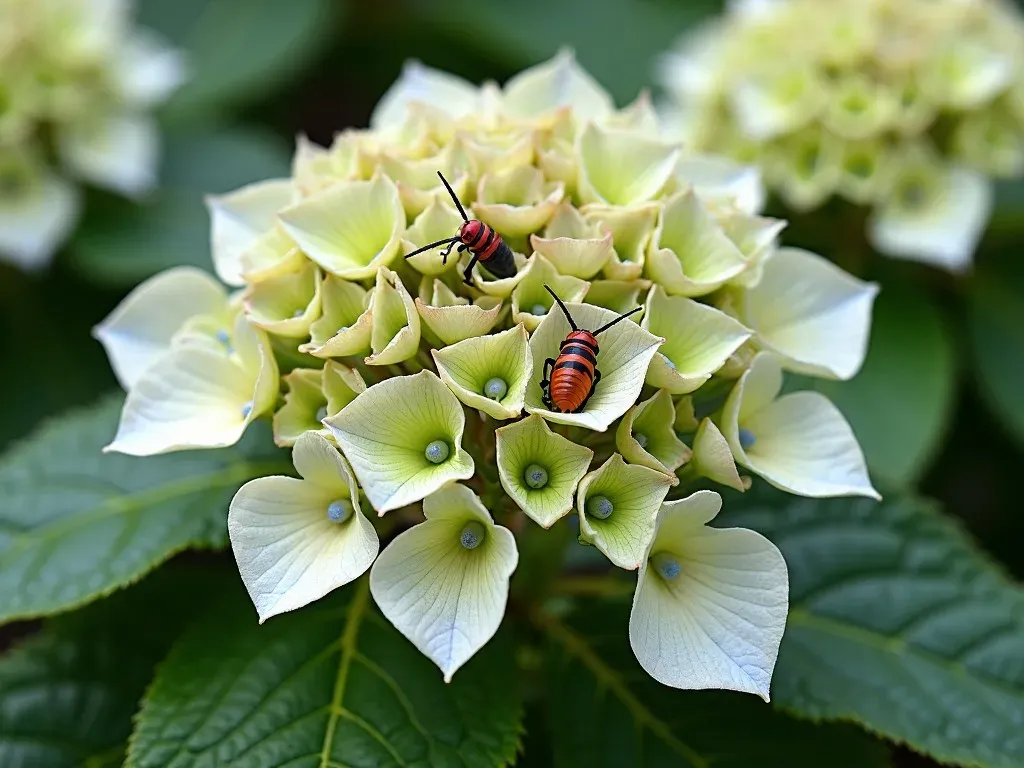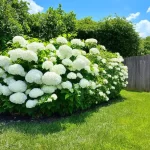Fall care for hydrangea plants is crucial for maintaining their health and ensuring vibrant blooms in the following spring. As autumn unfolds, it’s essential to shift focus to how to take care of hydrangeas in the fall, which involves specific steps that enhance their vitality. This guide will walk you through practical tips, tricks, and insights into the best practices for Hydrangea Care during fall.
The Importance of Fall Care for Hydrangeas
Caring for hydrangeas in the fall is essential to prepare them for the winter season and the subsequent blooming cycle. Unlike Other plants, hydrangeas require particular attention as they transition from their growing phase into dormancy. Understanding the unique needs of hydrangeas during this period sets the stage for a healthy plant come spring.
For instance, did you know that neglecting fall care could lead to diminished blooms or even death of the plant? Research indicates that hydrangeas that are properly cared for in the fall can yield 20-30% more flowers than those that aren’t. Here are key practices for fall hydrangea care:
What to Do With Hydrangeas in Fall
Here are essential care tasks to consider as the season changes:
-
Pruning Hydrangeas in Autumn
- Determine the type of hydrangea you have, as this will guide your pruning approach. Some varieties benefit from late-season pruning, while others should not be pruned until spring.
Hydrangea Type Pruning Time Description of Pruning hydrangea macrophylla Late fall Cut only dead wood, shaping if needed. Hydrangea paniculata Early spring Prune back older branches to promote new growth. - Always use clean, sharp tools to prevent the spread of disease. Make strategic cuts to encourage healthy growth.

-
Removing Spent Blooms
- Cut blooms that have dried to avoid disease and pests. Dried hydrangea flowers are excellent for indoor arrangements, so consider bringing them inside for decoration before cutting them back.
-
Watering and Mulching
-
Ensure your hydrangea plants receive ample water before winter dormancy. Regular watering is crucial in the fall for optimum health. A deep soak will help roots absorb moisture.
-
Apply a thick layer of mulch around the base of the plants. This will help regulate soil temperature, reduce the risk of frost damage, and conserve moisture.
Mulch Type Benefits Bark Mulch Aesthetic appeal, retains moisture. Straw or Leaves Organic matter for soil enrichment. -

Soil Health
Conduct a soil test to determine pH levels and nutrient content. Hydrangeas can change color based on soil pH, with acidic soil producing blue blooms and alkaline soil resulting in pink blooms. Add amendments such as dolomitic lime for pH adjustments.
| Action | Impact |
|---|---|
| Adjusting pH (Adding Lime) | Promotes pink flowers in some hydrangea varieties. |
| Adding Compost or Well-Rotted Manure | Increases soil nutrients for a healthy plant. |
Monitoring for Pests and Diseases
Regularly check your plants for signs of pests such as aphids and spider mites. Early detection can prevent extensive damage.
-
Signs to Look For:
- Discoloration of leaves
- Curled leaves
- Webbing on plants
-
Preventive Measures:
- Regularly inspect plants.
- Apply insecticidal soap if pests are identified.

Protecting Hydrangeas from Frost Damage
As temperatures drop, ensure the protection of your hydrangeas from frost. Consider covering them with burlap or frost cloths during the chilliest nights. This can help insulate the plants and prevent the frost from damaging tender buds.
FAQs About Fall Care for Hydrangea Plants
1. Do hydrangeas bloom in the fall?
Hydrangeas typically bloom in summer to early fall, depending on the variety. Some may still have blooms up until late fall, which can be enjoyed indoors as cut flowers.
2. How do you care for hydrangeas in the fall?
Key care tasks include pruning, deadheading spent blooms, ensuring proper watering, mulching, and monitoring for pests and diseases.
3. When is the best time to prune hydrangeas?
It largely depends on the type of hydrangea. Most should be pruned in late fall or early spring; however, always research the specific type of plant.
4. What do you do with hydrangeas in the fall?
Remove spent blooms, check soil health; ensure enough water; mulch the plants, and keep an eye out for any pests or diseases.
5. How can I enhance the color of my hydrangea blooms?
Adjust the soil pH using amendments like sulfur for blues or lime for pinks based on your desired bloom color.
Tools Needed for Fall Care of Hydrangeas
| Tool | Purpose |
|---|---|
| Pruning Shears | For trimming dead blooms and shaping plants. |
| Garden Hose | Ensure deep watering to roots. |
| Mulch | Insulation and moisture retention. |
Additional Resources
For more comprehensive information on hydrangea care, visit Gardening Know How.
By diligently following these fall care tips for hydrangea plants, you empower your garden to flourish with vibrant blooms in the spring.


